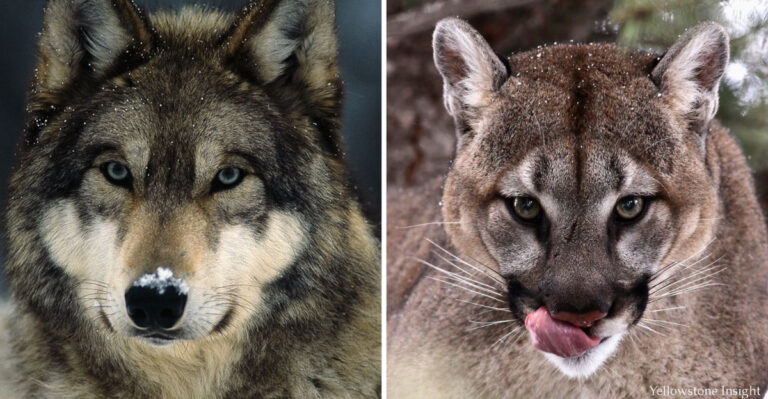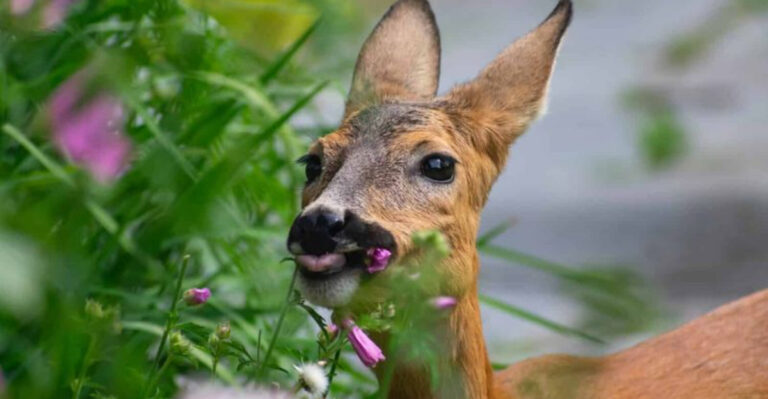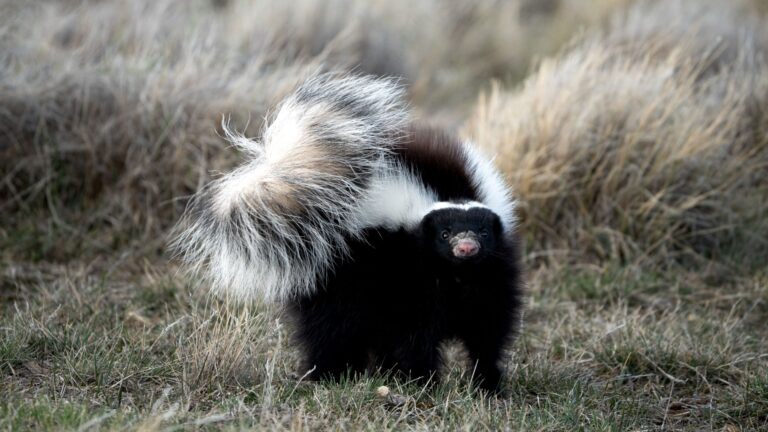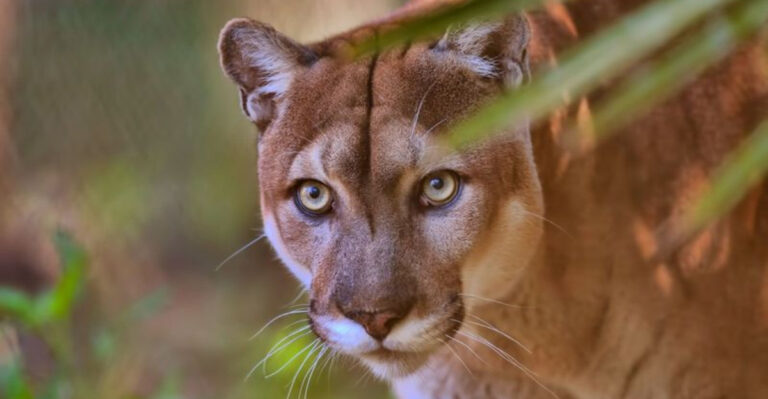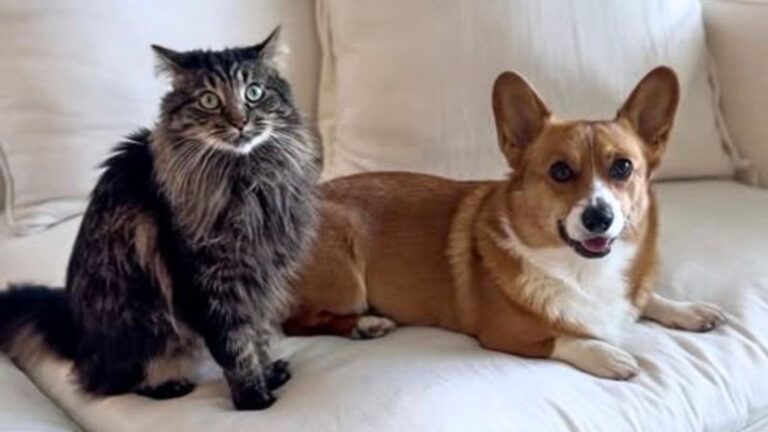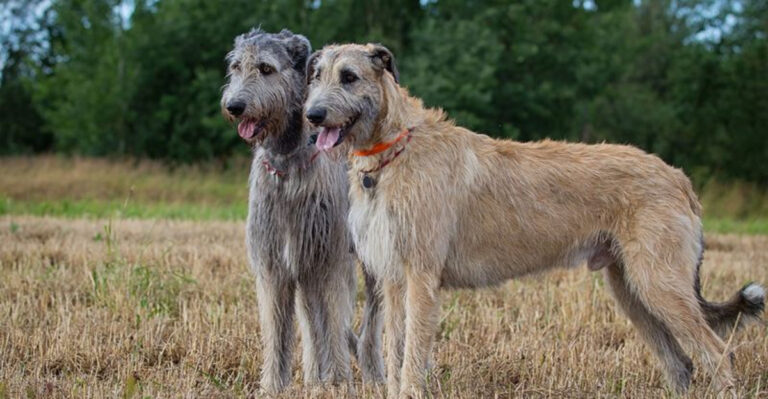15 Dog Instincts From Their Wild Ancestors Hidden In Everyday Behavior
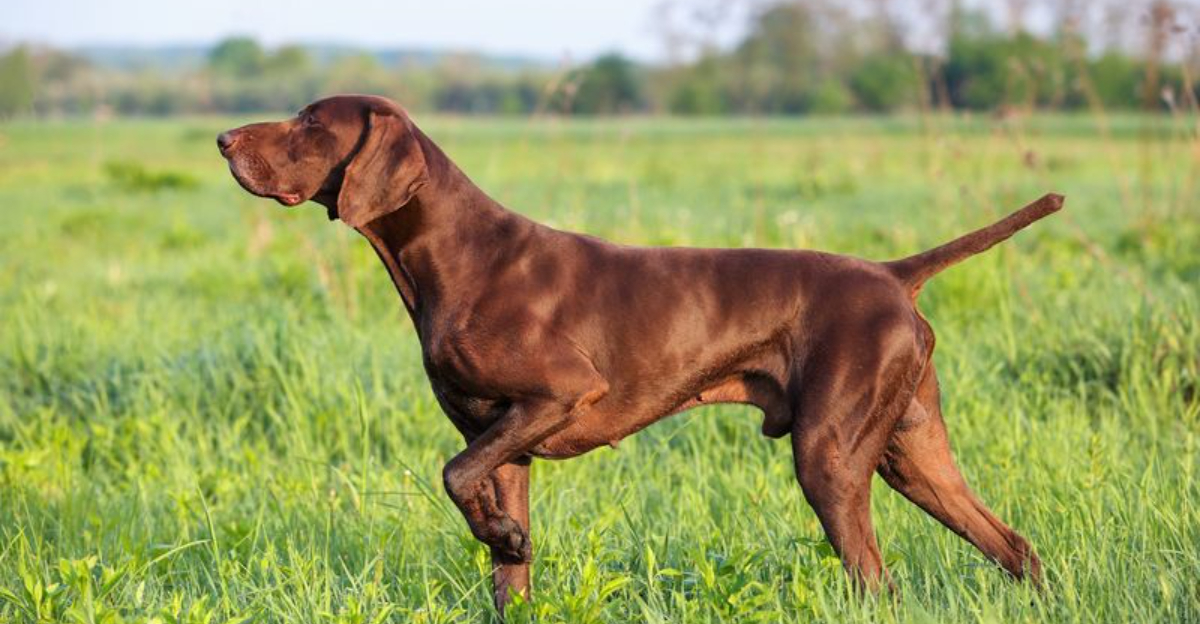
Ever wonder why your pup circles before lying down or buries toys in the backyard? These aren’t just cute quirks – they’re ancient instincts hardwired from wild ancestors thousands of years ago.
Modern dogs still carry these primal behaviors despite generations of domestication. Understanding these wolf-like tendencies can help you make sense of your furry friend’s sometimes puzzling actions.
1. The Bedtime Spin Ritual
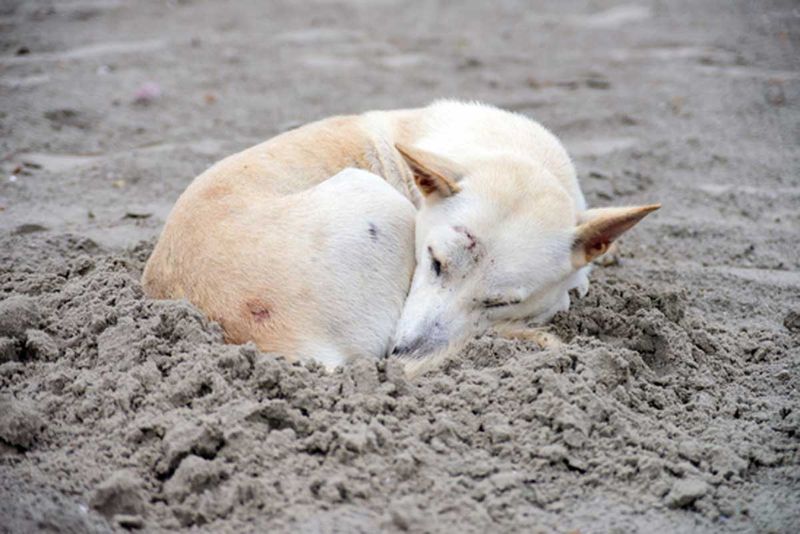
Before settling down for a snooze, most dogs perform a curious spinning dance. This seemingly odd behavior dates back to when wild canines needed to pat down tall grass and check for dangers before sleep.
Your pup’s living room spin might seem unnecessary on plush carpet, but this ancient instinct remains firmly embedded in their DNA.
2. Burying Treasures For Later
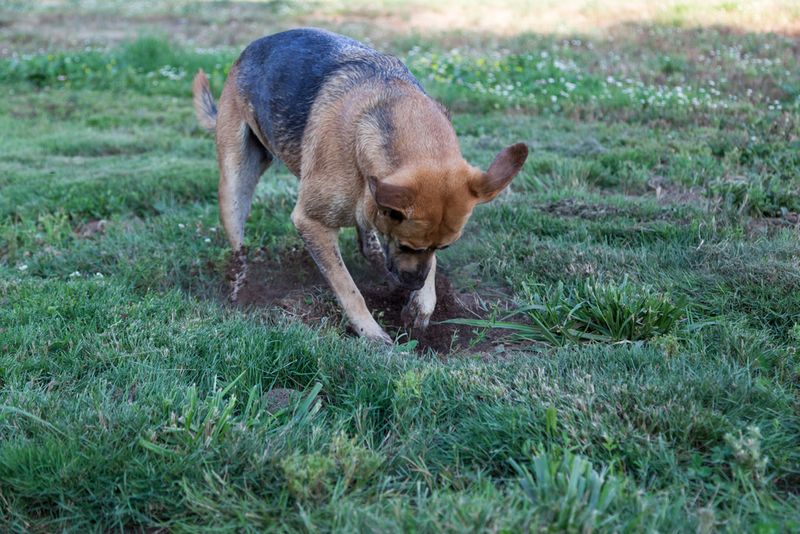
Finding half-chewed bones tucked under sofa cushions? Wild ancestors couldn’t pop leftovers in the fridge, so they created natural preserves by burying surplus food underground where soil kept it cooler and masked its scent from competitors.
Modern dogs apply this survival technique to favorite toys and treats. Even with full food bowls, this food-caching instinct persists as an insurance policy against future scarcity – a prehistoric habit in a world of abundance.
3. Pack Mentality At Mealtime
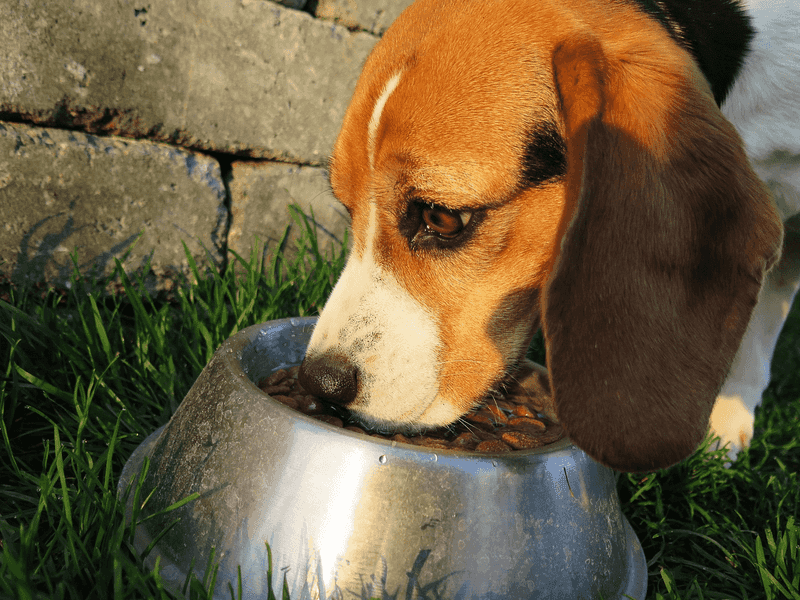
Gulping down dinner like it’s a race isn’t bad manners – it’s pure survival instinct. Wild canines competed for their share of a kill, knowing slower eaters might go hungry.
Pack hierarchy dictated feeding order, with alpha members eating first. Though your dog faces no competition at their personal food bowl, the rush to finish remains deeply encoded.
4. Territory Marking Through Potty Breaks
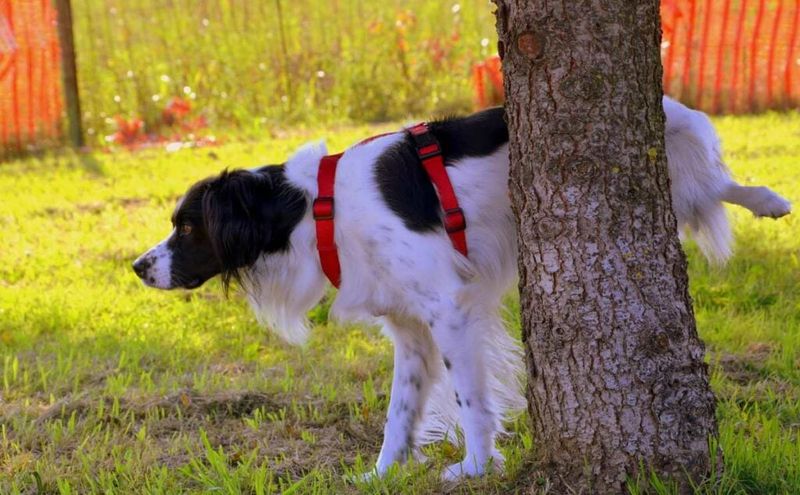
Your pup’s insistence on stopping at every lamppost isn’t stubbornness – it’s sophisticated communication. Wild canines established boundaries through strategic scent placement, creating invisible fences other animals could detect.
They’re not just relieving themselves; they’re reading messages and leaving their own in this ancient canine bulletin board.
5. Alert Barking At ‘Intruders’
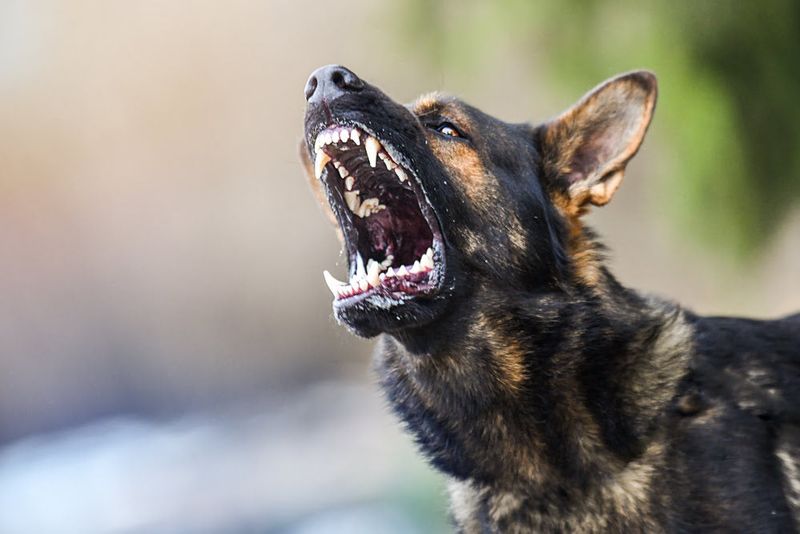
When your dog suddenly barks at the delivery person, it’s not rudeness – it’s their inner guardian kicking in. In the wild, wolf packs used loud warnings to alert everyone about strangers or threats.
Your pup doesn’t realize the mail carrier isn’t dangerous; they just see someone new. Barking is their way of saying, “I’m on duty, and this place is protected!”
6. Face Licking As A Sign Of Respect
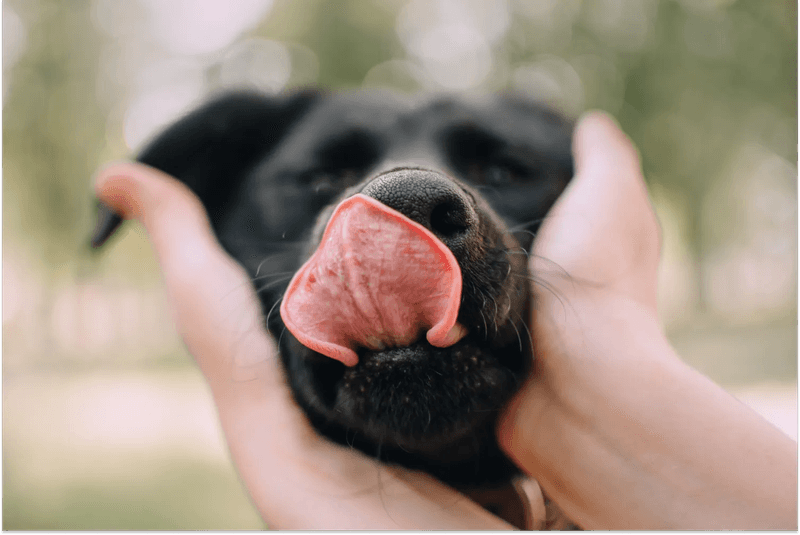
Wolf pups lick their parents’ mouths to trigger regurgitation of food and as a submissive greeting to higher-ranking pack members. Your dog’s enthusiastic face-licking combines this food-seeking behavior with acknowledgment of your leadership position.
Far from random displays of love, these wet greetings represent complex social communication handed down through generations of canine evolution.
7. The Mysterious Grass-Eating Habit
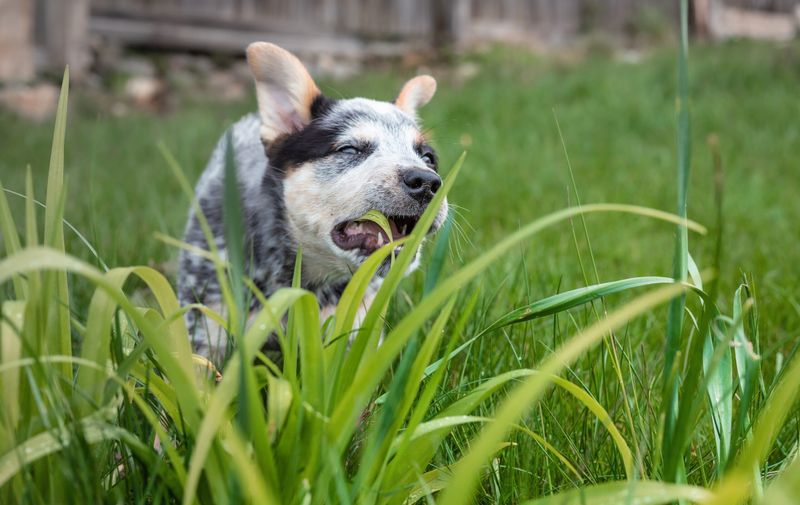
Watching your carnivore companion munch on lawn grass seems bizarre, but wild canids regularly consumed plant material. Roughage helped clear intestinal parasites and provided supplementary nutrients missing from meat-heavy diets.
Modern dogs maintain this self-medication technique despite commercial food meeting nutritional needs. Their bodies instinctively know when dietary adjustment might help them feel better.
8. Howling: The Ancient Conference Call
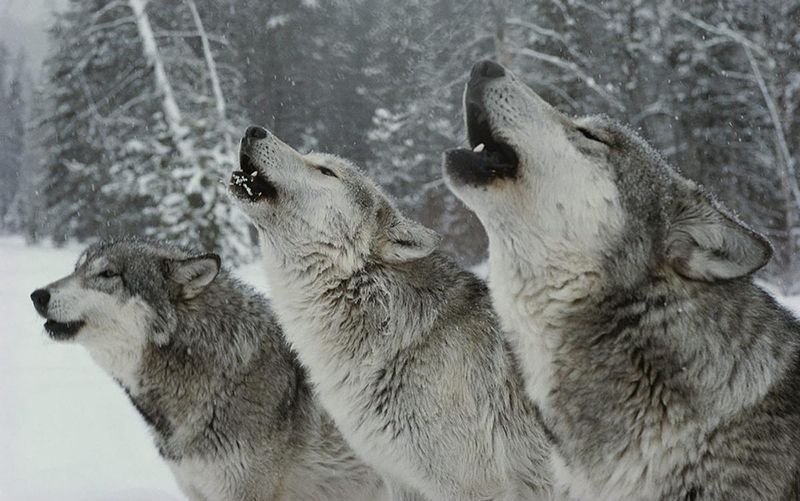
This vocal behavior served as long-distance communication for separated pack members in the wild. Distinctive howls helped wolves identify each other across vast territories and coordinate movements.
Your dog’s spontaneous serenade connects them to ancestors who used these haunting calls to maintain group cohesion.
9. Play Bowing As Social Invitation
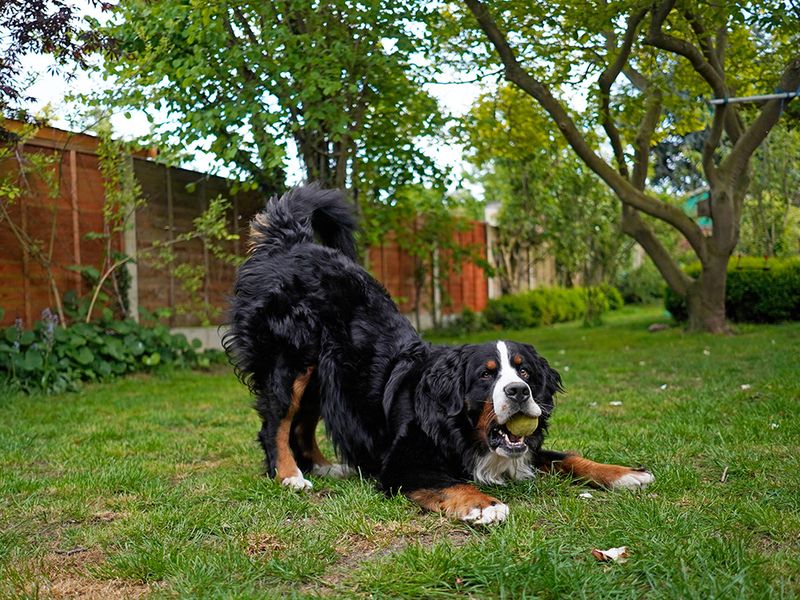
When your dog stretches out with their front paws down, rear up, and tail wagging, they’re sending a big, clear invite to play. Wild canines used this move to show they were being playful, not aggressive, and to avoid any confusion.
Play was also a way to safely practice hunting and survival skills. Every time your dog strikes that pose before zooming around the living room, they’re carrying on an ancient tradition of playful communication.
10. Paw Raising While Hunting
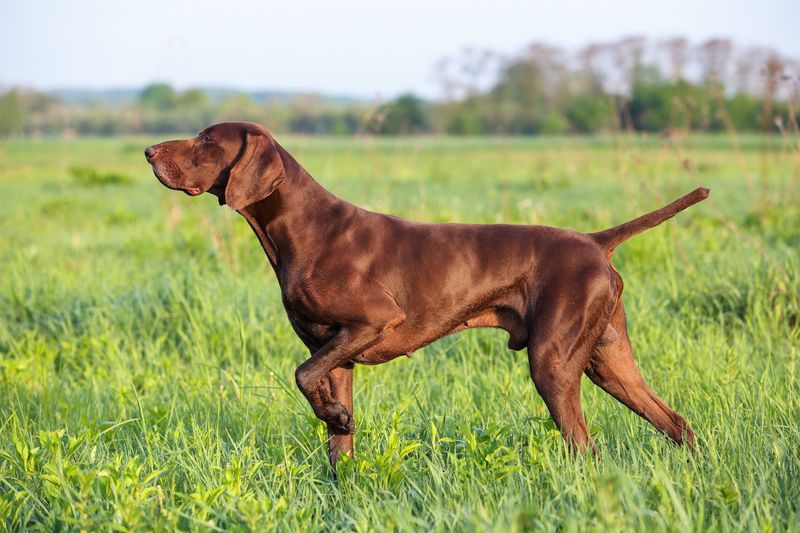
The frozen stance your dog takes spotting a squirrel – one paw raised, body rigid – mirrors the precise hunting technique of their ancestors. This momentary pause allowed wild canids to pinpoint prey location before the final pounce.
Pack hunters used this stillness to coordinate attacks and avoid alerting potential meals.
11. Digging Dens For Security
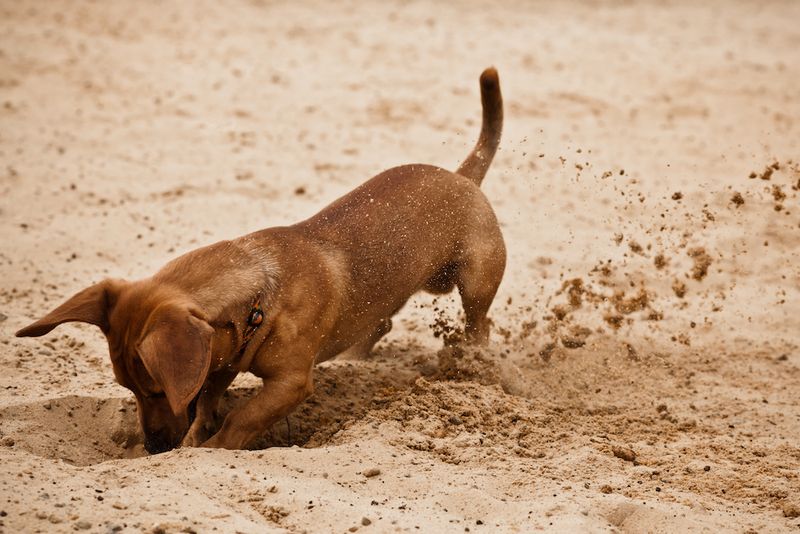
Backyard excavation projects frustrate gardeners but showcase a fundamental survival skill. Wild canines dug dens for protection from weather extremes and predators, creating safe spaces for vulnerable puppies.
This deeply encoded behavior persists even in the safety of human homes.
12. Scent Rolling In Disgusting Things
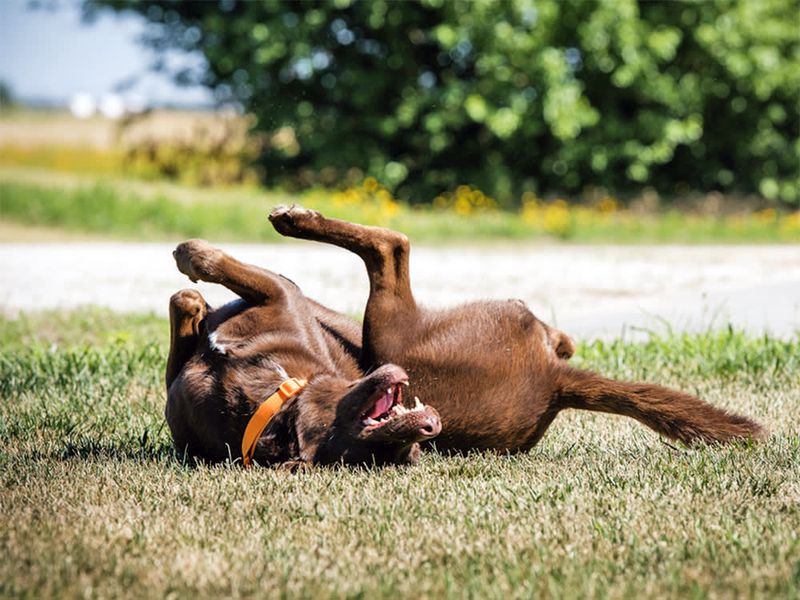
Few things undo a fresh bath faster than a dog finding something awful to roll in. Wild canines did this to mask their scent while hunting, blending in with their surroundings.
Rolling in strong smells also acted like sending a message back to the pack about what they found. Even if you’re cringing, your dog feels proud for following an ancient instinct to gather and share important scents.
13. Resource Guarding Behaviors

When your dog growls over a special toy or food, ancient survival mechanisms are activating. In resource-scarce environments, wild canines needed to protect valuable items from competitors – even packmates.
This instinctual guarding helped ensure individual survival. Understanding this doesn’t excuse aggressive behavior but explains why even well-fed pets sometimes display possessiveness over seemingly random objects.
14. Greeting Rituals And Submission
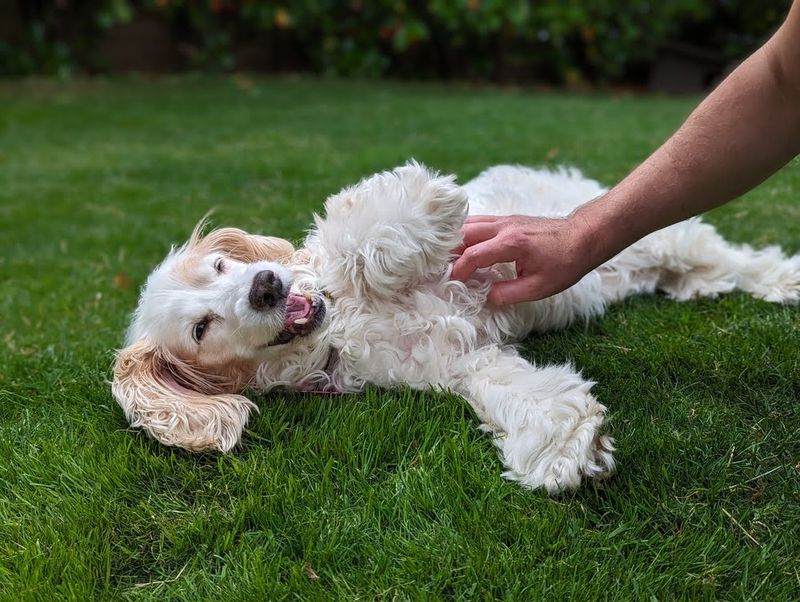
When your dog rolls over for belly rubs, they’re doing more than asking for scratches. Wild canines showed their bellies to signal trust, respect, and peaceful intentions within the pack.
Rolling over helped avoid conflict and build stronger bonds. Every time your pup flashes that belly, they’re tapping into a deep-rooted instinct to show trust and keep the peace.
15. Tracking And Trailing Abilities
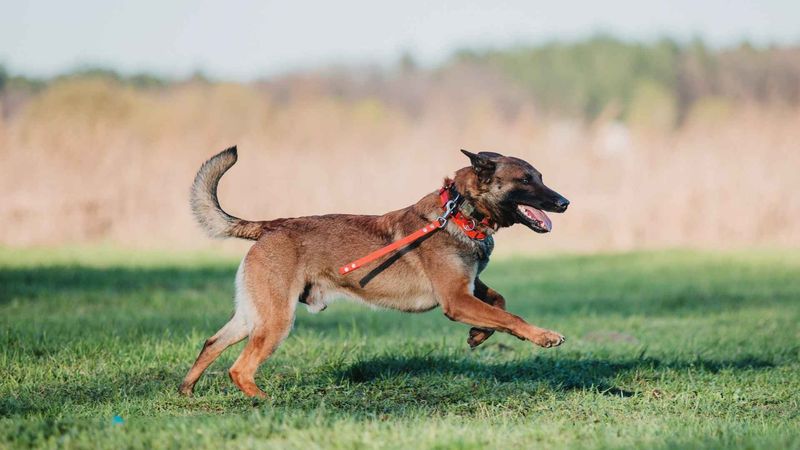
Your dog’s fascinating fixation with sniffing everything showcases their remarkable scent-processing superpowers. Wild ancestors relied on tracking abilities to locate prey, identify territories, and find packmates across vast distances.
Their outdoor adventures resemble reading a detailed newspaper of who’s been where and when.

